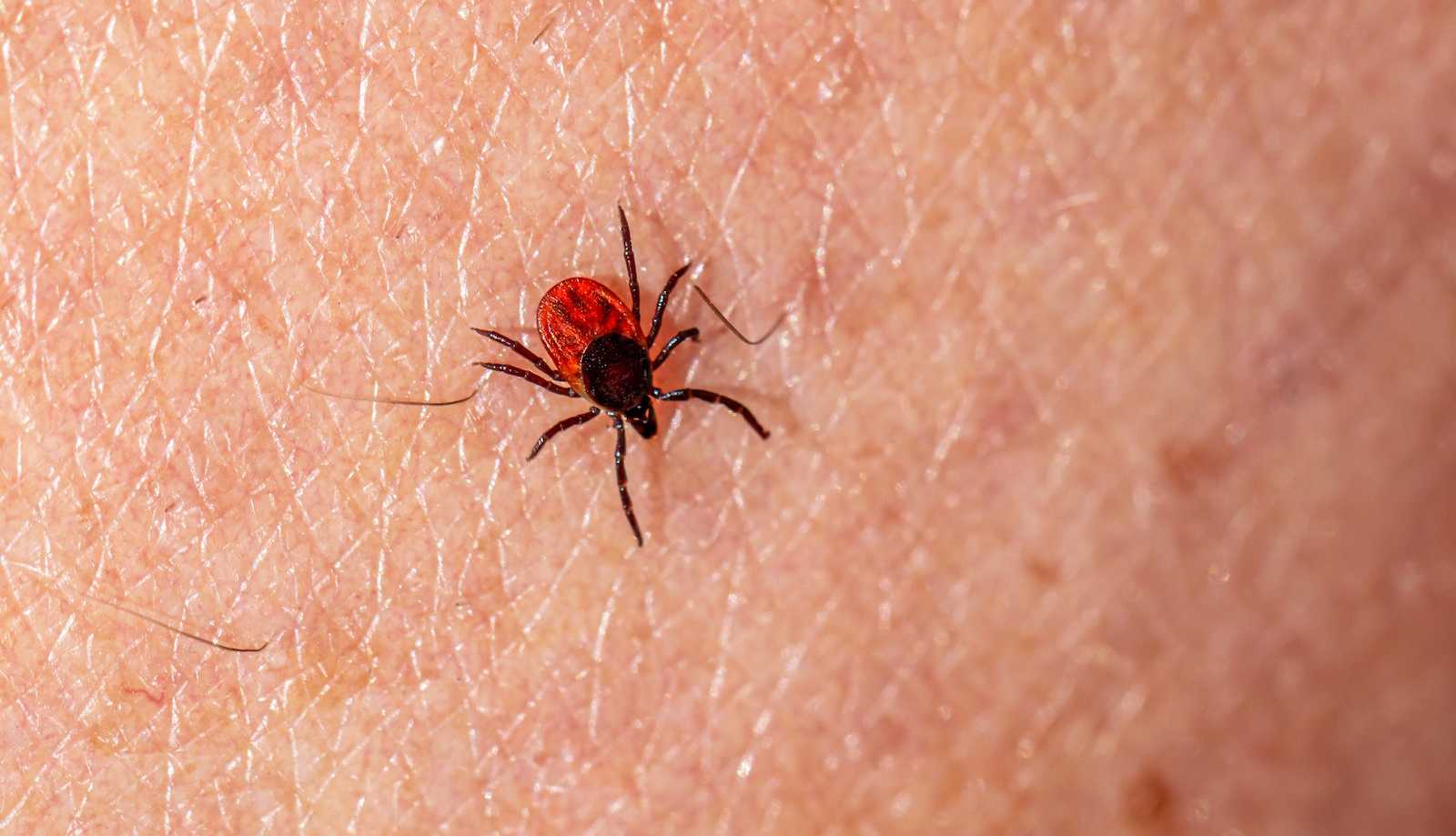Ticks (order Ixodida) are parasitic arachnids that are part of the mite superorder Parasitiformes. Adult ticks are approximately 3 to 5 mm in length depending on age, sex, species, and “fullness”. Ticks are external parasites, living by feeding on the blood of mammals, birds, and sometimes reptiles and amphibians. The timing of the origin of ticks is uncertain, though the oldest known tick fossils are from the Cretaceous period, around 100 million years old. Ticks are widely distributed around the world, especially in warm, humid climates.
Ticks belong to two major families, the Ixodidae or hard ticks, and the Argasidae, or soft ticks. Nuttalliella, a genus of tick from southern Africa is the only member of the family Nuttalliellidae, and represents the most primitive living lineage of ticks. Adults have ovoid/pear-shaped bodies (idiosomas) which become engorged with blood when they feed, and eight legs. Their cephalothorax and abdomen are completely fused. In addition to having a hard shield on their dorsal surfaces, known as the scutum, hard ticks have a beak-like structure at the front containing the mouthparts, whereas soft ticks have their mouthparts on the underside of their bodies. Ticks locate potential hosts by sensing odor, body heat, moisture, and/or vibrations in the environment.
Ticks have four stages to their lifecycle, namely egg, larva, nymph, and adult. Ticks belonging to the Ixodidae family undergo either a one-host, two-host, or three-host lifestyle. Argasid ticks have up to seven nymphal stages (instars), each one requiring blood ingestion, Argasid ticks undergo a multihost lifestyle. Because of their hematophagous (blood-ingesting) diets, ticks act as vectors of many serious diseases that affect humans and other animals
3 STEP TO HELP YOU WITH TICKS
- Before you head outdoors, spray all of your clothing with a repellant that contains 20% or more DEET.
- Throw your clothes in the dryer on high for at least 10 minutes to completely kill them.
- Be sure to promptly shower and perform a “tick check” once you’ve removed all of your clothing.
- Keep tweezers and a Ziplock bag when outdoors. Save the tick in case you need to submit it to a lab for possible risk of infection. Record the location and date of the bite.
- You’ll want to keep patios, decks and children’s play areas away from any shrubs or vegetation and in the sun, if possible.

Inspect



